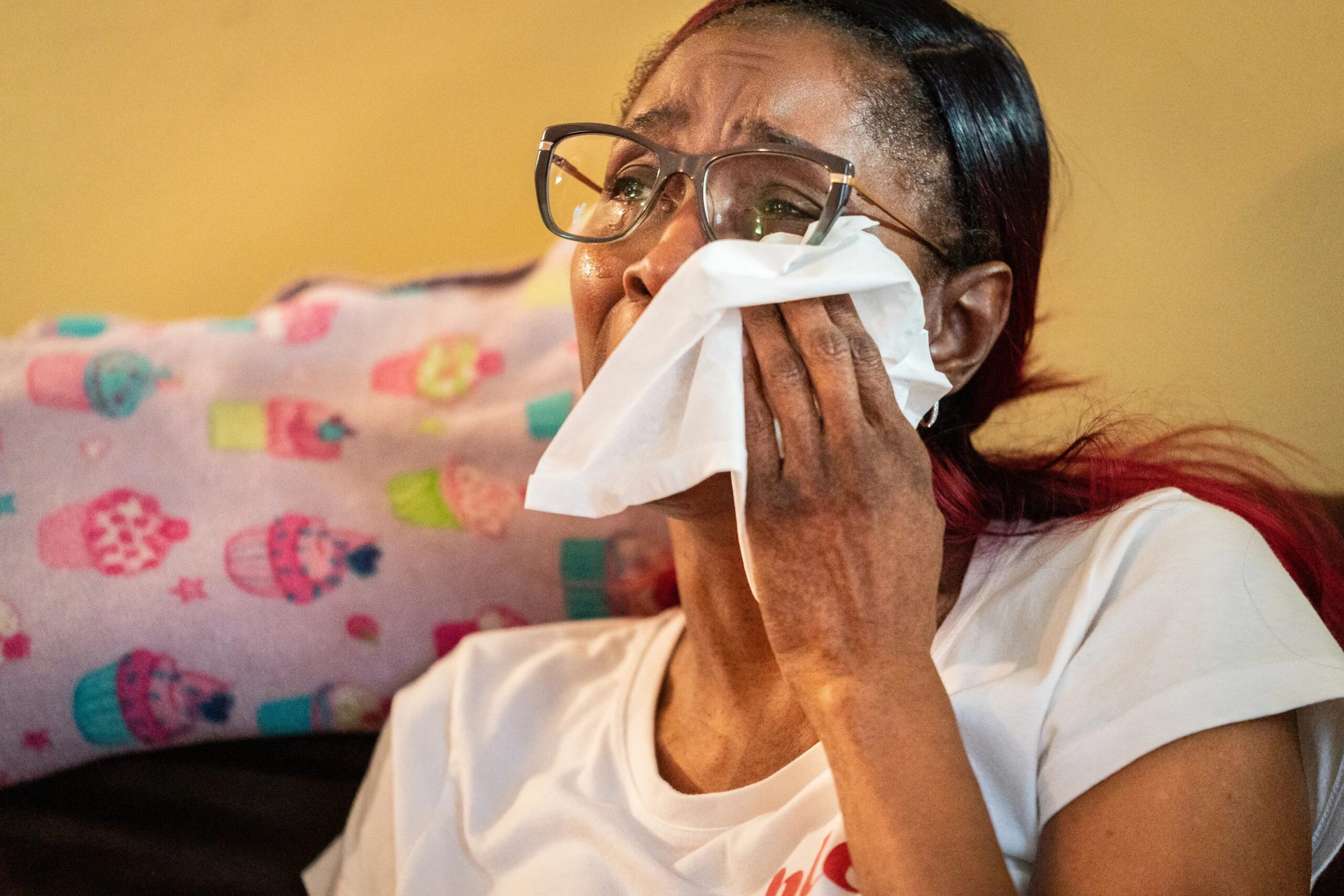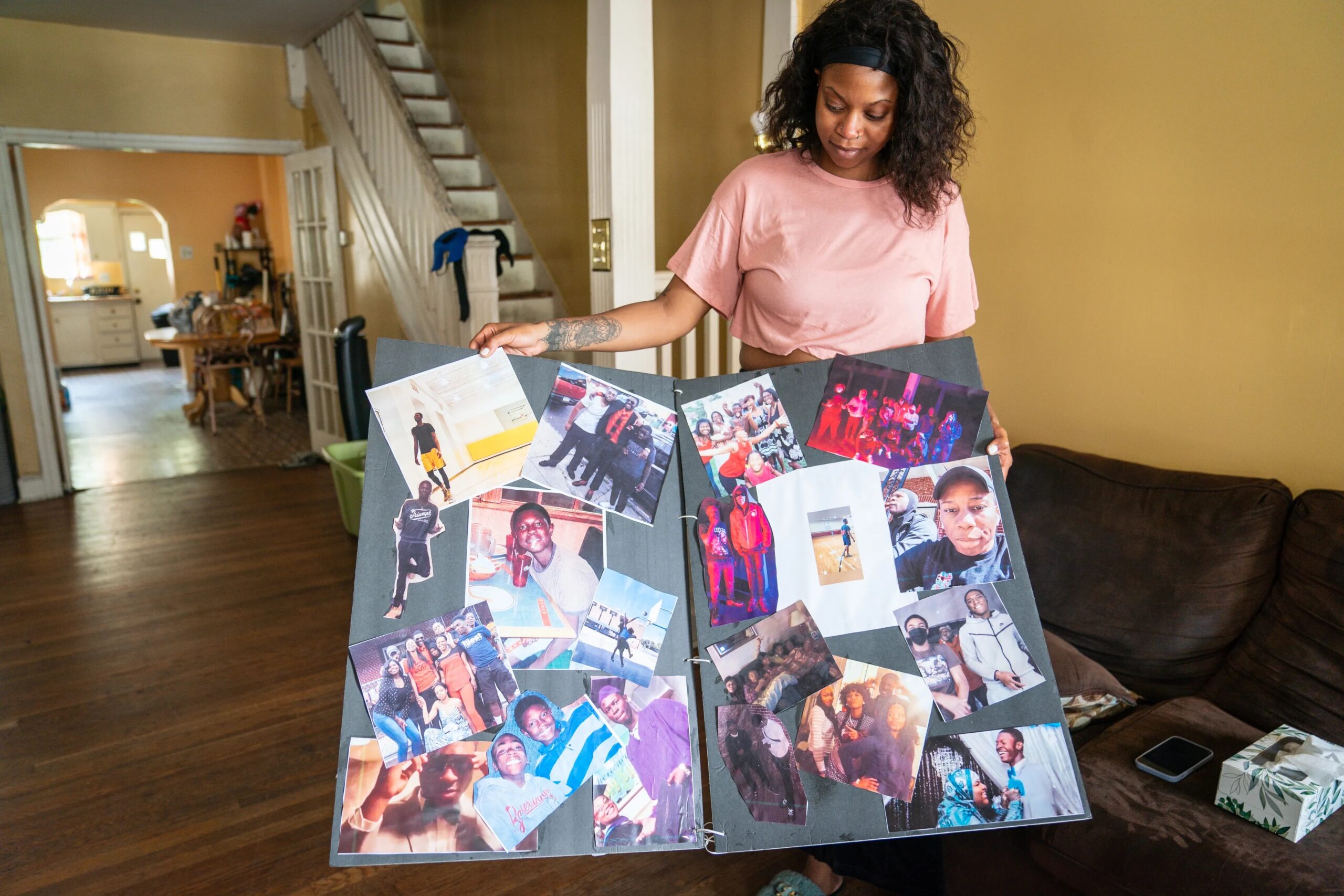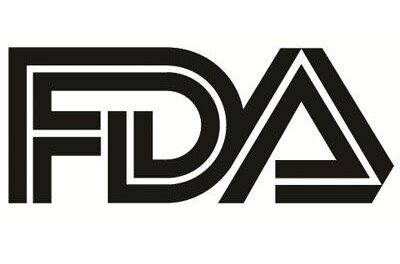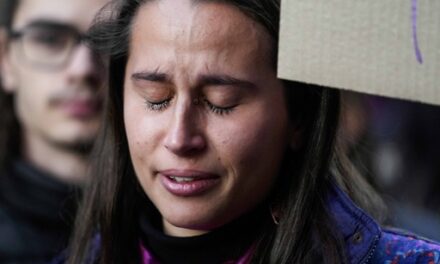Halfway through 2023, the rate of gun violence in Philadelphia has fallen — albeit slightly. And while the moderate decline over the last six months offers some hope, it follows three of the city’s most violent years in recent memory, and the rate of shootings remains double what it was eight years ago.
More than 900 people have been shot in Philadelphia so far this year, a 20% decrease compared with the same time last year, police data show. By the end of June, 210 people had been killed in homicides, an 18% drop. The homicide rate is also falling nationally — with about a 12% drop year-to-date in most big cities with reliable data.
» READ MORE: Gun violence can affect every part of Philly life. Here’s how residents suggest solving it.
The current pace of killings in Philadelphia is still higher than it was in 2020, when the gun violence crisis began its record climb. If it continues, the city will record the fourth-highest number of homicides in a single year since the height of the crack-cocaine epidemic in the 1990s.
And shooting data show another concerning trend: More women, children, and older adults are among the victims.
The motives behind most homicides remain largely the same: arguments, drugs, domestic disputes, and neighborhood feuds. And Philadelphia police appear to be making more arrests in killings.
Lower-income communities of color, whose neighborhoods have long faced disinvestment and have been shaped by systemic racism, continue to bear the brunt of the crisis — 96% of shooting victims this year are Black or Hispanic, city data show. The loss of life and subsequent trauma touches everyone from children forced to grow up without a parent to teachers consoling students and police officers rushing victims to the hospital.
While there’s some cautious optimism among city leaders that targeted policing tactics and community investment grants may be working, many Philadelphians say they don’t feel any safer.
» READ MORE: When homicide victims’ families can’t get ahold of police, some investigate the cases themselves
The pain of the last 3½ years is fresh. More than 1,700 people were killed in that time. The blasts of gunfire and screams that follow still haunt neighbors, and the life-altering grief of parents who’ve lost a child compounds daily.
For many families impacted by gun violence, the effects cannot be measured in time. There’s either before the shooting, or after: the days when a mother could hold her child, or a young man could walk without pain, and life afterward, where they cannot.

What are the motives behind shootings?
Donte Moore’s life revolved around basketball. Standing at a towering 6-foot-7, Moore, dominated the courts growing up, at his local recreation center, and during his year playing college ball.
He loved it so much that he’d sometimes play hooky to sneak in an extra game, said his mother, Jacqueline Satchel. On April 14, when Satchel called her 24-year-old son to say she’d pick him up from work later that night, she could hear in his voice that he was itching to leave early. She told him to stay and finish his security guard shift. She’d be there by 11 p.m.
» READ MORE: Students whose school year was disrupted by gun violence say ‘this is not normal’
Instead, Moore sneaked off to the Awbury Recreation Center for a pickup game with friends. Shortly before 9 p.m., an argument broke out over a play call. Police say Zaire Ayers, 23, in a fit of rage, walked over to his backpack, pulled out a gun, and shot Moore multiple times. Moore died at the scene, just one month before his 25th birthday, on the courts where he’d played all his life.
“The hurt never goes away. You just learn to live with it,” Satchel, 54, said of living without her son, whom she described as a goofy “gentle giant.”

Moore’s death is one of about a third of the homicides in the city this year that were caused by arguments, the top motive behind all killings, according to police records. Because in a city awash with guns, fistfights increasingly turn into gun battles.
Drugs have contributed to about 10% of homicides, while domestic disputes make up about 8%, police records show.
Retaliation was the motive behind about 4% of homicides this year, down sharply from last year, when police say it accounted for about a quarter of all killings.
But motives often overlap and can change over the course of an investigation. In about a third of the homicides this year, a motive remains undetermined, and for others, the case will never be solved.
The Police Department does not track motives behind nonfatal shootings.

How many killings have been solved?
Moore’s alleged killer is among the few who’ve been caught — though homicide detectives are solving more cases this year. The homicide unit’s clearance rate stands at 61% for the year, a fairly significant jump from 2022, when the clearance rate was 47%.
Police Commissioner Danielle Outlaw said the uptick in clearance and the decline in shootings is a good sign. And experts have said solving cases can be a violence reduction tool.
“It’s showing us that our strategy is working. We have to stick with it for the long term,” Outlaw said.
She credited part of the reduction to the redeployment of additional officers in four North Philadelphia police districts that had seen some of the highest rates of violence in the city. She also pointed to the success of the Shooting Investigation Group, which was formed in early 2022 to investigate nonfatal shootings. Previously, detectives in geographical bureaus, who also investigate robberies and other crimes, were responsible for those investigations, and the clearance rates were often in the teens.
The clearance rate for nonfatal shootings is 24% so far this year.
“It’s not as high as we want it to be, obviously, but it tells us that something is working,” Outlaw said.
» READ MORE: Philly’s gun violence remained at record levels for the third straight year
Where are shootings happening?
Even before the pandemic, gun violence in Philadelphia was concentrated in a few sections of North, West, and South Philadelphia, according to an Inquirer analysis of shooting data. That remains true in 2023 — about half of the city’s victims were shot in neighborhoods comprising less than 10% of Philadelphia’s area.
And for years, the vast majority of shooting victims have been young men, but the epidemic has recently gone beyond that: More women, children, and older people are being shot.
In 2015 and 2016, women made up just 8% of shooting victims. But so far this year, women make up more than 13% of people who were shot. And the number of victims older than 35 — as well as juveniles under 18 — has grown over the same time.
Some blocks have been harder hit than others this year. In just three weeks of May, eight people — ages 2 to 34 — were shot on the 2200 block of North Gratz Street in three separate shootings.
One Gratz Street resident of nine years said she and her children live in fear. She often thinks of the woman and her 2-year-old, who’d just moved onto the block a few weeks earlier when they were shot in a drive-by shooting. Within a few days, they’d packed up their belongings and moved away.
It’s a mental toll, she said, that no one should be forced to endure.
“My two daughters sat here and cried the other day because they’re so scared,” said the woman, who asked not to be identified for fear of reprisal. “I had to tell them, ‘It’ll be OK. But we have to deal with this. We live in North Philly.’”
And for the families who’ve lost loved ones, the pain persists.

“It’s like you’re stuck in hell,” said Daisha Moore, 29. “And it becomes more hellish every time you wake up.”
Moore and her mother blame the state’s gun laws, which they say allowed her brother’s killer to get a weapon. They also blame the city, they said, for letting the gun violence crisis reach a point at which young men can’t even play basketball safely.
And they’re largely forced to navigate this grief and anger alone.
Daisha Moore has been on a wait-list for counseling for three months, she said. And her mother has reached out to several organizations for grief support, but either did not hear back or was told it would take months to be seen.
“There’s no resources out here,” Satchel said. “The city says, ‘Oh, we’re here for the victims.’ But no. They’re not.”

Staff writers Aseem Shukla and Chris Palmer contributed to this article.





